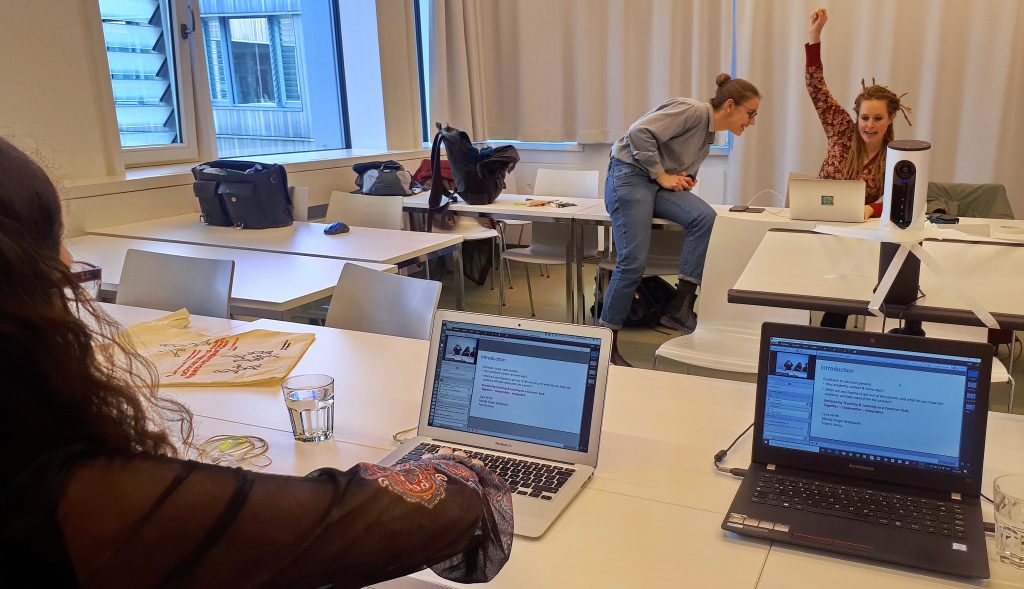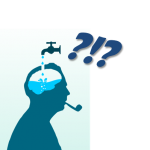Two invited contributions were prepared and delivered to support development of evidence-based learning in universities and curriculum renewal for undergraduate and graduate programs.
Symposium workshop
“Cultivating a Lasting Department-Level Culture of Cooperative & Integrative Educational Practice“, F. Jones with M. Singer-Brodowski, L. Wirth, C. Heiner.
Delivered at the 49th Annual Conference of the German Association for Educational Development, Freie Universität Berlin, March 2020.
Here is the abstract: dghd2020 – Invited Symposium II. For more details contact Francis at fjones@eoas.ubc.ca,
Curriculum renewal workshop
One-day workshop: “Geoscience BSc and MSc curriculum renewal“. F. Jones.
Developed for the Department of Earth Sciences / Institute of Geological Sciences, Freie Universität Berlin, June 2020 (delivered online due to COVID).
Workshop intentions (i.e. goals):
Part 1 (first half day):
- Primary focus:
- Use a framework for renewing BSc & MSc curriculum
- Ensure compatibility with YOUR priorities and interests.
- Aspects that can be discussed according to your needs.
- Enhancing the motivation of students.
- Increasing recruitment and retention.
- Enliven with new didactic solutions that will enhancing student learning.
- Increase efficiency & enjoyment for instructors.
- Teaching geoscience from the “system earth” perspective.
Part 2 (second half day)
- Recap: Curriculum review or renewal … quickly
- A framework for thinking about BSc or MSc curriculum
- Ensure compatibility with YOUR priorities and interests.
- Progress with work you have done with curriculum-mapping
- Questions and comments
- Possible implications: What to change? What to add or remove?
- MSc curriculum:
- Backward design
- Skills, attitudes and knowledge at a more “senior” level
- Aspects to discuss according to your needs:
- Motivation
- Recruitment and retention
- Pedagogy or didactics
- Earth System as a framework
For more details contact Francis at fjones@eoas.ubc.ca.



